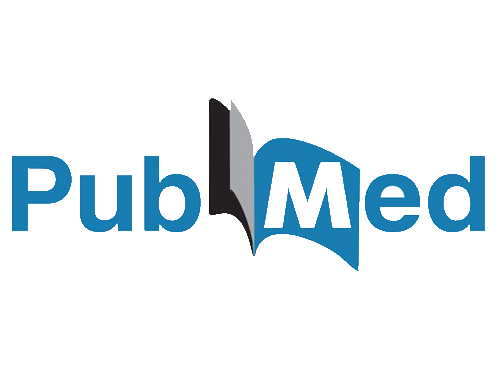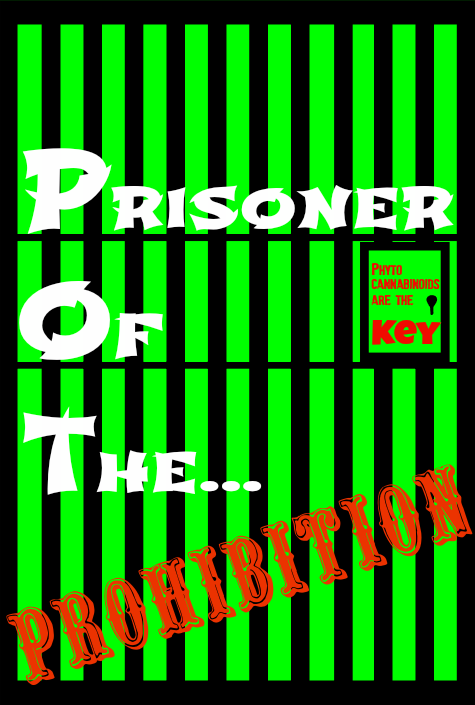2014 Jan 21. pii: S0304-3959(14)00024-4. doi: 10.1016/j.pain.2014.01.016. [Epub ahead of print]
 Nocebo and placebo modulation of hypobaric hypoxia headache involves the cyclooxygenase-prostaglandins pathway.
Nocebo and placebo modulation of hypobaric hypoxia headache involves the cyclooxygenase-prostaglandins pathway.
Abstract
Nocebo and placebo effects have been found to modulate several neurochemical systems, such as cholecystokinin,endogenous opioids, and endocannabinoids. Here we show that also the cyclooxygenase-prostaglandins pathway can be modulated by both nocebos and placebos. In fact, we found that negative expectation, the crucial element of the nocebo effect, about headache pain led to the enhancement of the cyclooxygenase-prostaglandins pathway which, in turn, induced pain worsening. As an experimental model, we studied hypobaric hypoxia headache at high altitude in two populations of subjects. Whereas the experimental nocebo group received negative information by a single individual who was informed about the risk of headache, the control group did not know about the possible occurrence of headache. We found a significant increase in headache and salivary prostaglandins and thromboxane in the nocebo group compared to the control group, suggesting that negative expectations enhance cyclooxygenase activity. In addition, placebo administration to headache sufferers at high altitude inhibited the nocebo-related component of pain and prostaglandins synthesis, which indicates that the cyclooxygenase pathway can be modulated by both nocebos and placebos. Our results show for the first time how nocebos and placebos affect the synthesis of prostaglandins, which represent an important target of analgesic drugs, thus emphasizing once again the notion that placebos and drugs may use common biochemical pathways.
Copyright © 2014. Published by Elsevier B.V.
Copyright © 2014. Published by Elsevier B.V.
KEYWORDS:
Cortisol, Cyclooxygenase, Headache, Nocebo, Placebo, Prostaglandins, Thromboxane
- PMID:
- 24462931
- [PubMed – as supplied by publisher]

